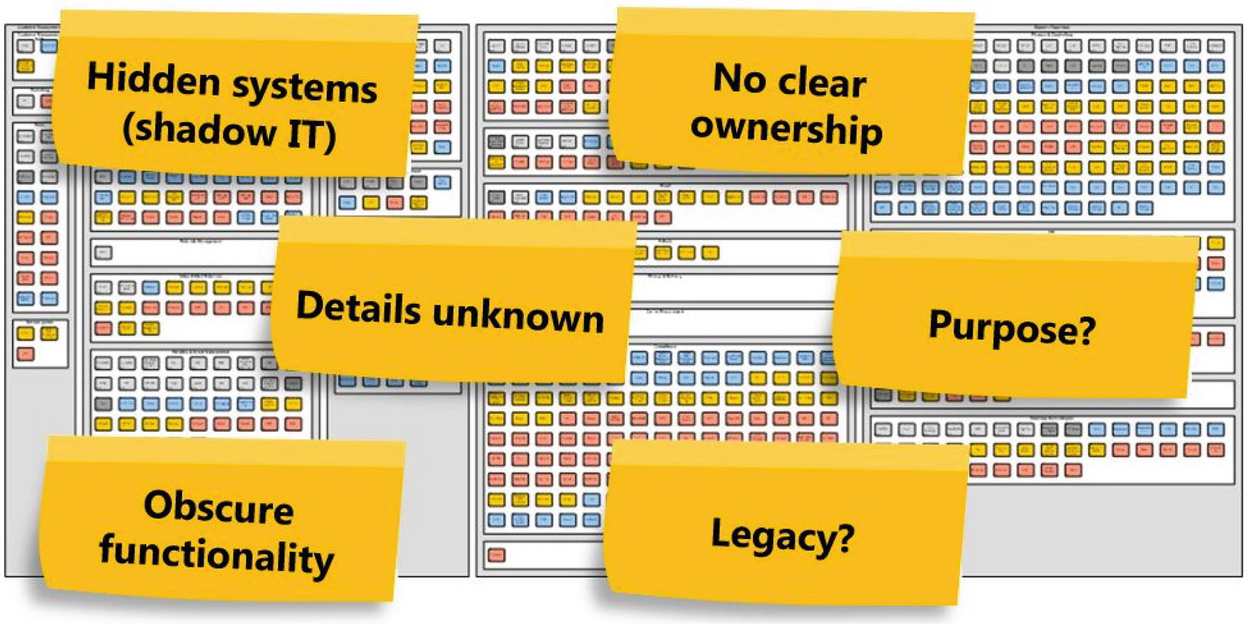Chatper 4.1 - Enterprise Architecture Analysis Goals
Enterprise Architecture Analysis Goals
The role of an enterprise architect is evolving in today’s dynamic world. Traditionally, these professionals resembled their counterparts in the building industry, carrying large, detailed blueprints that outlined comprehensive plans. I recall a senior colleague who proudly shared such blueprints with his superiors, illustrating the hard work of his team and the decision-making capabilities these plans afforded.
In numerous organizations, this practice persists, particularly where specialized EA tools are in use to automate blueprint creation. A critical piece of hardware for architects remains the large format plotter, which produces the extensive documents for executive review. It’s not uncommon to find these blueprints displayed in the offices of high-level executives.
Analyzing Enterprise Architecture: Key Aspects
Enterprise Architecture (EA) analysis can span a broad range of organizational areas. For some, EA encompasses business process analysis and corporate strategy. However, this discussion adopts a focused lens on business-IT alignment, limiting our analysis to:
- Application architecture
- The interplay between application and business architecture
Setting Clear Analysis Objectives
Effective analysis begins with clear objectives. Understanding your goals and the underlying assumptions about existing issues is crucial. We’ve previously identified various objectives through examples from industry professionals and decision-makers. Now, we’ll categorize these into a structured taxonomy for EAM objectives, as depicted in our figures.

Strategic and Operational Objectives for EAM
Strategic Objectives: Strategic objectives arise from executive decisions, often driven by the need to address IT challenges and optimize business processes holistically. Initiatives for EA typically stem from a desire for greater transparency and better business-IT alignment. Companies aim to comprehend their business needs thoroughly to tailor optimal IT support—a concept known as business-driven IT. Ensuring IT initiatives align closely with business strategies and needs is another core strategic objective.
Operational Objectives: Operational objectives for EAM fall into two categories:
-
Intrinsic Objectives:
- These are internally driven, providing immediate benefits. They often focus on enhancing software and IT service quality to better support business operations. Cost reduction, while not always explicitly stated, is a common underlying goal for many IT departments.
-
Extrinsic Objectives:
-
These stem from external factors, such as:
- Legal and regulatory compliance
- Industry standards
- Business partnerships
- Market dynamics
-
Collaboration with external entities is a significant extrinsic objective, necessitating the integration of information systems and the streamlining of business processes and data presentation for external stakeholders.
-
For instance, consider the e-commerce process of ordering tea from a Chinese marketplace. This transaction involves multiple parties: the marketplace platform, the tea vendor, the payment service provider, and various logistics companies. Smooth interaction between these entities is essential to prevent delays or lost shipments, underscoring the importance of effective data exchange in a networked e-commerce environment.
Moreover, businesses must navigate legal, fiscal, and industry regulations, which can impose design constraints on processes and IT systems. Beyond quality, cost, and collaboration, achieving compliance is vital to avoid reputational damage or financial penalties.
In essence, strategic objectives set by executive management guide operational goals, providing direction for achieving corporate aims and prioritizing various options during business performance analysis and enhancement.